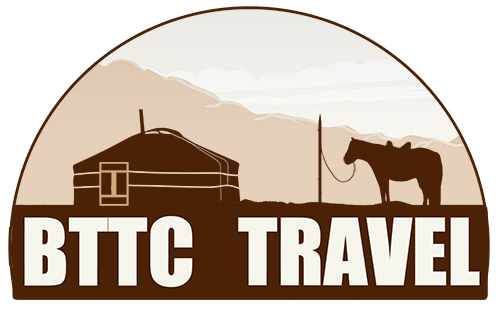Before you visit MONGOLIA
Accessibility
Weather/ Best time to travel
Visa information
Vaccination
Mongolian embassies abroad
While you are in MONGOLIA
The traditional dress of the Mongolian people is a vivid expression of their heritage, embodying centuries of cultural history and a unique nomadic way of life. Mongolian attire varies according to age, gender, marital status, and occasion, making it rich in symbolism and practicality. Elders typically wear modest, simple garments, while younger women’s outfits often differ based on whether they are married or single.
Hat – One of the most striking aspects of Mongolian dress is the traditional headwear, which comes in a vast array of shapes, colors, and styles. Hats differ by season, purpose, gender, and social occasion—ranging from winter hats to ceremonial headpieces, and everyday wear to festival finery. Each design reflects the individual’s tribal affiliation or nationality, making Mongolian headwear as distinctive as it is vibrant.
Women’s holiday headwear is particularly elaborate, featuring luxurious materials and intricate details. These headpieces are often crafted from silk and velvet, with lower sections made of velvet and upper sections of rich red silk. They are adorned with coral, pearls, mother-of-pearl, and turquoise, creating a stunning display of craftsmanship. Women’s hats tend to be more ornate than men’s, with decorative ribbons and embellishments that showcase Mongolian artistry at its finest.
Deel – An iconic Mongolian garment, a deel is a loose, tunic that embodies comfort, practicality, and centuries of tradition. It is crafted as a single piece with long sleeves, a high collar, and a unique closure on the right shoulder. Each ethnic group in Mongolia has its own distinctive style of Deel, characterized by variations in cut, color, and trim, reflecting rich cultural diversity.
There are three main types of Deels, designed for each season. The Dan Deel is lightweight and made from bright, airy materials, worn by women during late spring and summer. The Terleg is slightly padded, suitable for both men and women, while the winter Deel is heavily insulated, lined with sheepskin or layers of cotton, offering warmth even in the harshest climates. While men and women wear the same basic cut, men’s Deels tend to be broader with more subdued colors, while women’s versions feature brighter shades.
Deels also vary by occasion. Everyday Deels come in gray, brown, or other dark tones, while holiday Deels shine in vibrant blue, green, or claret silk, complemented by a striking silk sash several meters long. This sash isn’t merely decorative; it has practical purposes, providing added warmth and stability.
One of the Deel’s unique features is its wide, cup-shaped sleeves, affectionately called “hooves.” Far from just stylish, they serve a functional purpose, protecting hands from the cold and offering an extra layer of protection during demanding work. The Deel is more than clothing—it’s a true expression of Mongolian heritage, designed to withstand both the climate and the demands of a nomadic lifestyle.
Boots – Mongolian boots, with their distinct upturned toes, are as practical as they are unique. This iconic design isn’t just for looks—the upturned toe helps keep a rider’s feet securely in the stirrups and minimizes impact on the ground, preserving soil and terrain while walking.
Crafted from thick, rigid leather, these tall boots are built to last, with intricate leather appliqués decorating the tops. Both boots are designed with the same shape, with no distinction between left and right, offering a universal fit that’s easy to slip on and off without the need for laces or zippers. This feature makes them quick to wear, even when on the go.
Mongolian boots are also versatile across all seasons. In winter, they can be paired with thick felt socks for warmth, while in summer, they provide a durable, comfortable option without extra layers. Designed to endure the elements and embody Mongolian heritage, these boots are a perfect blend of tradition, style, and rugged functionality.
Accessories – Mongolian accessories are an exquisite showcase of craftsmanship, typically crafted from silver and adorned with pearls and corals. Mongolian women often wear intricate coral and pearl headpieces, and striking silver earrings embellished with pearls, highlighting a heritage of elegance and artistry.
To experience Mongolian traditional attire at its finest, visit during the national festivals: Tsagaan Sar (Lunar New Year) and the Naadam Festival. During these celebrations, you’ll see nearly everyone, especially the elderly, dressed in traditional clothing, whether in the bustling city or countryside. Younger generations bring a modern twist, blending traditional designs with contemporary style for a fresh, fashionable take on classic Mongolian dress.
